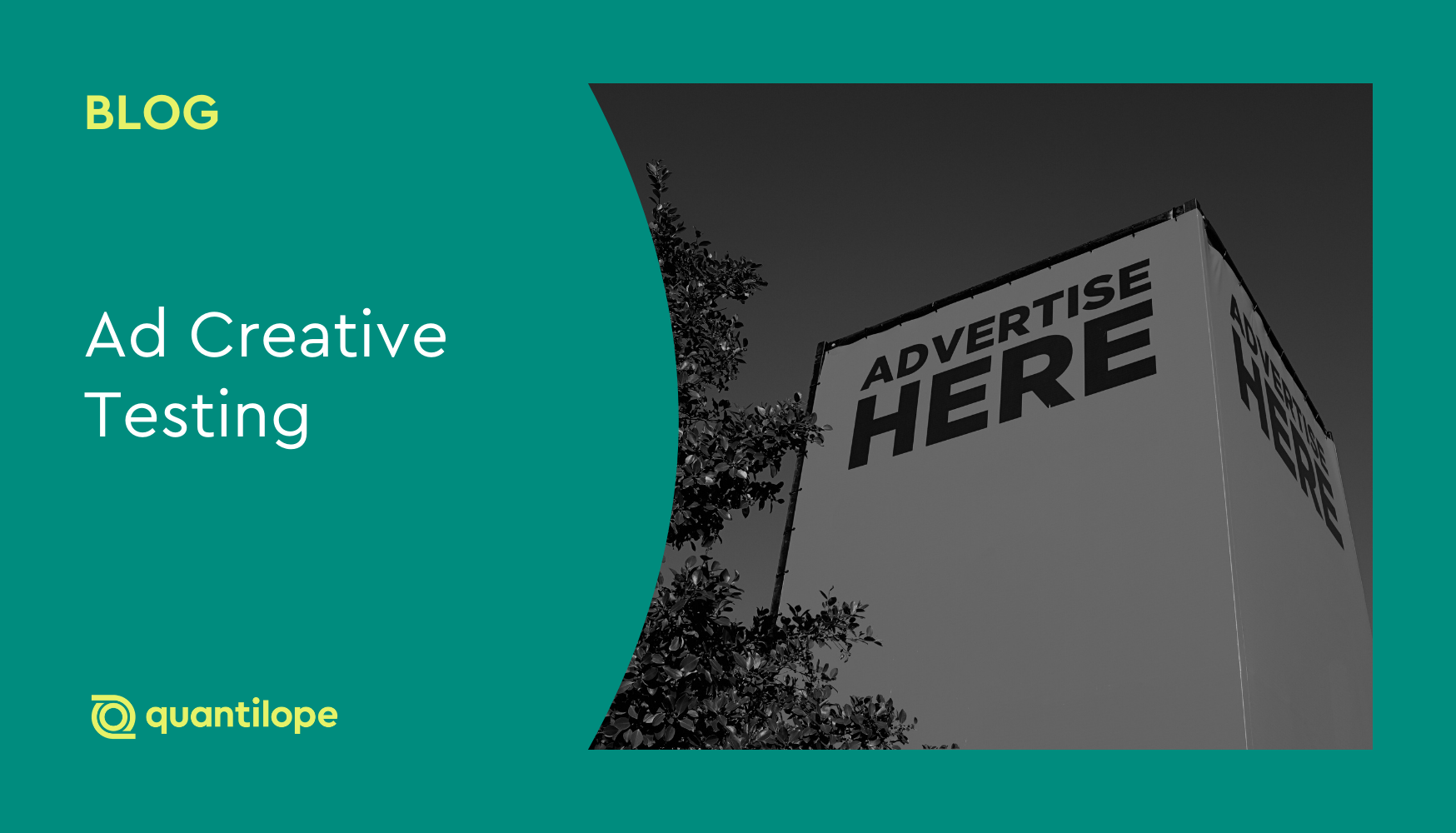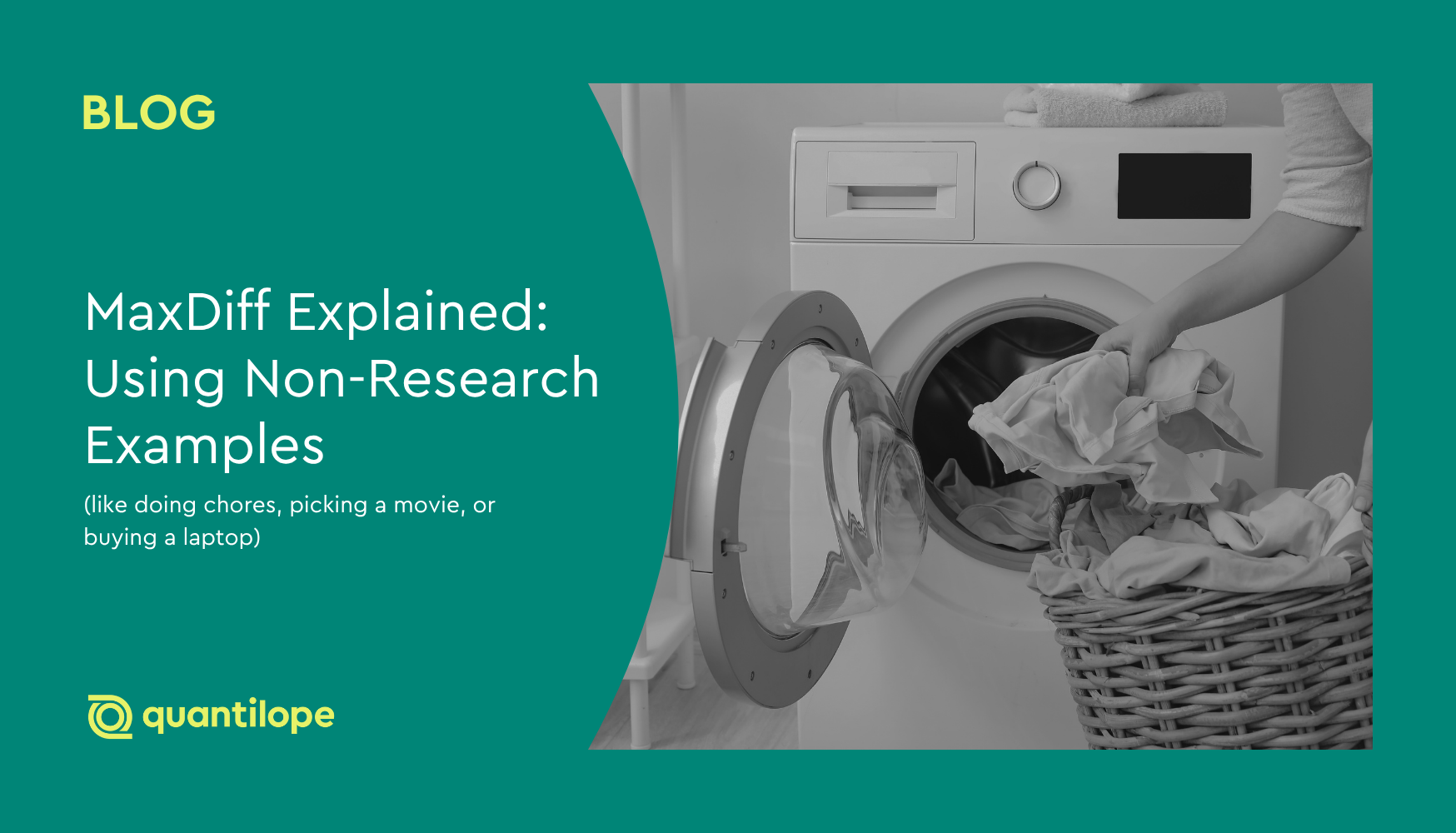This blog dives into various types of creative tests, their benefits, best practices to keep in mind, and innovative tools to help you create impactful advertisements.
Crafting ads that effectively captivate your audience is easier said than done. You don’t want to take a guess-and-check approach when it comes to advertising, given the cost and resources involved. Ad testing takes that guesswork out of the equation, providing brands with valuable insights into what resonates with their target audience and what misses the mark - before an ad goes live.
Table of Contents:
- What is ad creative testing?
- Types of creative tests
- Benefits of ad creative testing
- Best practices for ad creative testing
- Tools and resources for creative testing
What is ad creative testing?
Ad creative testing, also commonly referred to as ad testing or copy testing, is the process of evaluating different versions of your ad creatives – the visuals, the copy, the layout, and the overall message – before launching a new ad campaign. Ad creative testing starts with gathering data on consumer reactions to identify the most effective creative elements and to optimize them for maximum impact. This data-driven approach ensures that your ad spend is allocated efficiently and that your final ad performance is successful.
As an example, let’s imagine you're a beverage company launching a brand new energy drink. You create two versions of an ad to publicize this new product: one with a focus on the drink's energizing effects and another highlighting its unique flavor profile. After testing both versions through an ad creative test among your target audience, you determine that the message focused around flavor drives much stronger purchase intent than the one focused around energy. With these insights, you proceed with an ad campaign focused around flavor.
While the above example focused on testing messaging tactics, ad creative testing is used to test anything from the color scheme used in a print ad to the background music in a video advertisement. It might even test two versions of near identical ads, just with different layouts.
Back to Table of Contents
Types of creative tests
As briefly mentioned above, there are all different types of creative testing approaches depending on your brand’s unique need(s). The type of test you choose will depend on your target audience, the stage of your ad campaign development, and the format/medium of your ad.
Below are some common ad testing methods:
- A/B Testing / Split Testing: A/B testing is a classic ad testing method involves comparing multiple versions of an ad (also known as ad sets) with just a single element changed (i.e. only the headline, an image, the call to action (CTA), etc., differs across ads). There's two common types of A/B testing brands can use for advertising: Monadic A/B testing - which is used to compare specific ads using equally structured groups of participants, and Pre-roll A/B testing - which tests various advertisements in a digital environment. By analyzing the performance of different ad versions, you can identify which variation drives better results, such as a higher click-through rate (CTR) or conversion rate. If the tested ads perform generally the same, you can return back to the design phase and choose a different element to alter across the ad set to see if it generates impact.
- Multivariate Testing: This approach takes A/B testing a step further than split testing by testing multiple variations of several ad elements - simultaneously. This allows brands to identify the optimal combination of elements to leverage for maximum impact. For example, a brand might test different combinations of headlines, images, and CTA buttons across their ads to see which is the most effective overall for a particular target audience or demographic.
- Qualitative concept testing: Creative testing isn’t limited to quantitative studies. Using a qualitative research approach allows you to gather consumer feedback in their own words around the creative concepts you’re developing. This type of in-depth, detailed feedback can help your creative team identify potential issues with an ad that they wouldn’t have suspected otherwise - and early on enough in the creative testing process when there’s still time to make adjustments. You can use a qualitative concept test to ask a focus group for feedback around the ad’s overall appeal, communication effectiveness, clarity, relevance, and so on.
- Pre-testing: This type of research involves testing fully-developed ads (aka creative assets) among a representative audience before launching an official campaign. Unlike the approaches above, which are more geared toward the ad development process, pre-testing is most useful when you’ve finalized your ad design (perhaps even using some of the tests above), and want to make sure the final asset is expected to perform well.
- Post-testing: As a supplement to pre-testing, post-testing involves evaluating ad performance after a campaign has launched. This can help you understand which elements of your ad are aligned with performance expectations from your pre-study, and which elements could be improved for future campaigns. You can also use post-testing data to benchmark your current campaign against previous or future ones.
Back to Table of Contents
Benefits of ad creative testing
Ad creative testing (can be) a big investment but always offers high reward. From your ad testing, you’ll gain a strong idea of what will work in the market and where your resources might be going to waste - before it’s too late. Ads have the potential to reach millions of people, so even a small boost in their effectiveness can yield high reward.
Below are some specific key benefits of ad tracking:
- Improved ad performance: By using ad creative testing to identify the most effective creative elements, you can significantly improve your overall ad performance, leading to higher click-through rates, conversions, and ultimately, a better return on investment (ROI) and return on ad spend (ROAS).
- Reduced risk: Testing your ads before launching a full-scale testing campaign can help you identify potential issues and/or red flags to avoid costly mistakes.
- Increased efficiency: Similar to reducing monetary risk, ad creative testing helps avoid wasted time and resources by identifying the top-performing creatives early on - allowing your team to work much more iteratively, efficiently, and strategically.
- Optimized messaging: Testing different messaging variations can help you identify the most effective way to communicate your brand's value proposition and resonate with your target audience.
- Enhanced audience understanding: Ad creative testing provides valuable insights into your audience's preferences, motivations, and responses to different messaging approaches - especially ones that you may not have anticipated. It also helps you tailor your creative strategy to specific audience segments.
- Data-driven decision-making: Ad creative testing provides quantitative and qualitative data to support informed decisions throughout the entire campaign development process.
Back to Table of Contents
Best practices for ad creative testing
As with any type of market research methodology or approach, there are some best practices to keep in mind to get the most out of your ad creative testing.
- Define clear objectives: Start by clearly defining what you want to achieve with your ad creative testing. Are you aiming to increase brand awareness, drive increased website traffic, or generate new leads? These objectives should drive the creation of your ads.
- Choose the right metrics: Select metrics that are relevant to your objectives and can be reliably measured. This might include click-through rate, conversion rate, or brand recall. You can also track business KPIs like cost-per-acquisition (CPA) to measure the efficiency of your ad spend.
- Define success criteria: Decide what will define whether or not you've created a successful ad that's ready for market. Is it a certain number of impressions you're hoping to achieve? A specific increase in brand awareness? Social media metrics such as 'likes' or 'shares'? The number of website visits from an ad click? These are a few examples of success criteria that will help you measure your ad's actual success down the line.
- Test with your target audience: Ensure that your test participants are truly representative of your target audience to get accurate and relevant results. Testing among an audience that won’t actually be seeing your ads (or that won’t be interested in them) doesn’t generate much value for your business.
- Start with one variable at a time: When conducting A/B testing, it’s helpful to change only one element at a time to isolate the impact of that specific variable. Once you have a better idea of what works and what doesn’t, you can consider moving to a multivariate testing approach to test combinations of those elements.
- Use a large enough sample size: Ensure that your sample size is large enough to provide statistically significant results. This number will depend on factors like your statistical confidence level and any advanced methodologies you leverage, but you can use a sample size of 100 as a general minimum guideline.
- Analyze both quantitative and qualitative data: Don't just focus on the numbers. Layer in qualitative feedback through focus groups or one-on-one interviews to understand the "why". Use qualitative data before/after your quantitative study to drive ad campaign creation or to supplement quantitative findings (respectively).
- Iterate and refine: Ad creative testing is typically iterative. Use initial findings to further iterate and refine your creative assets for optimal performance. This helps prevent creative fatigue and ensures your ads remain fresh and engaging.
Back to Table of Contents
Tools and resources for creative testing
There are various testing tools and resources available to help you conduct creative ad testing. Here are just a few examples:
- Online survey platforms: Market research platforms like quantilope’s Consumer Intelligence Platform allow you to quickly create ad testing surveys (using advanced methods like A/B testing), connect to any panel of your choice, and analyze feedback in real-time so you can make faster, more informed ad decisions.
- Social media software: Using software like Hootsuite or Sprout Social to manage your ads across platforms, measure the effectiveness of different ad versions, and understand overall campaign performance can be beneficial in your ad testing process. It can also help you understand how different audience segments interact with your ads.
- Eye-tracking software: Eye-tracking tools like Lumen or Hawkeye can track users' eye movements to understand how they visually engage with your ads. This can help with your iteration process, to move around different elements of your ad to best align with consumer behavior.
- Heatmap tools: Tools like Crazy Egg and Hotjar can show you where users click and scroll on your website, providing valuable insights into consumers’ online behavior and attention.
By leveraging any one of these ad testing resources (or a combination of several), you can streamline your creative testing process and gain valuable insights to optimize your marketing strategy for maximum impact.
To learn more about how quantilope can help you get the most out of your ads using automation and advanced methodologies, get in touch below!




